What a White House tribal summit could mean for SoCal’s beloved open spaces
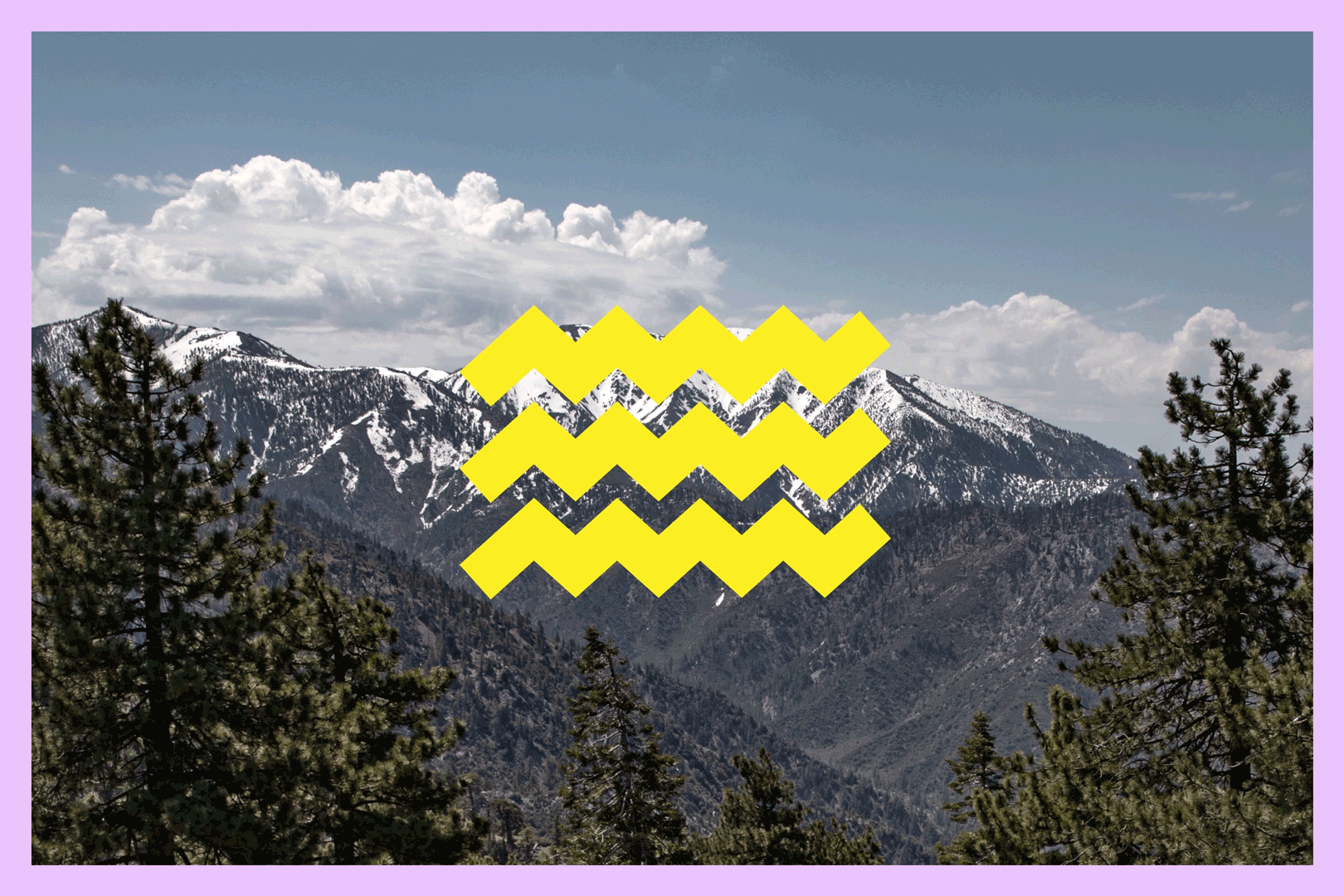
On a recent press call I tuned into, tribal voices from across the Golden State urged the Biden administration to protect hundreds of thousands of acres of ancestral land, including mountains near Los Angeles, desert abutting Joshua Tree National Park and volcanic highlands in Northern California. And they stressed that they want to be active partners in the stewardship of the land.
The call was strategically timed, just ahead of a Dec. 6-7 tribal summit in Washington, D.C., where the proposals had an opportunity to make gains.
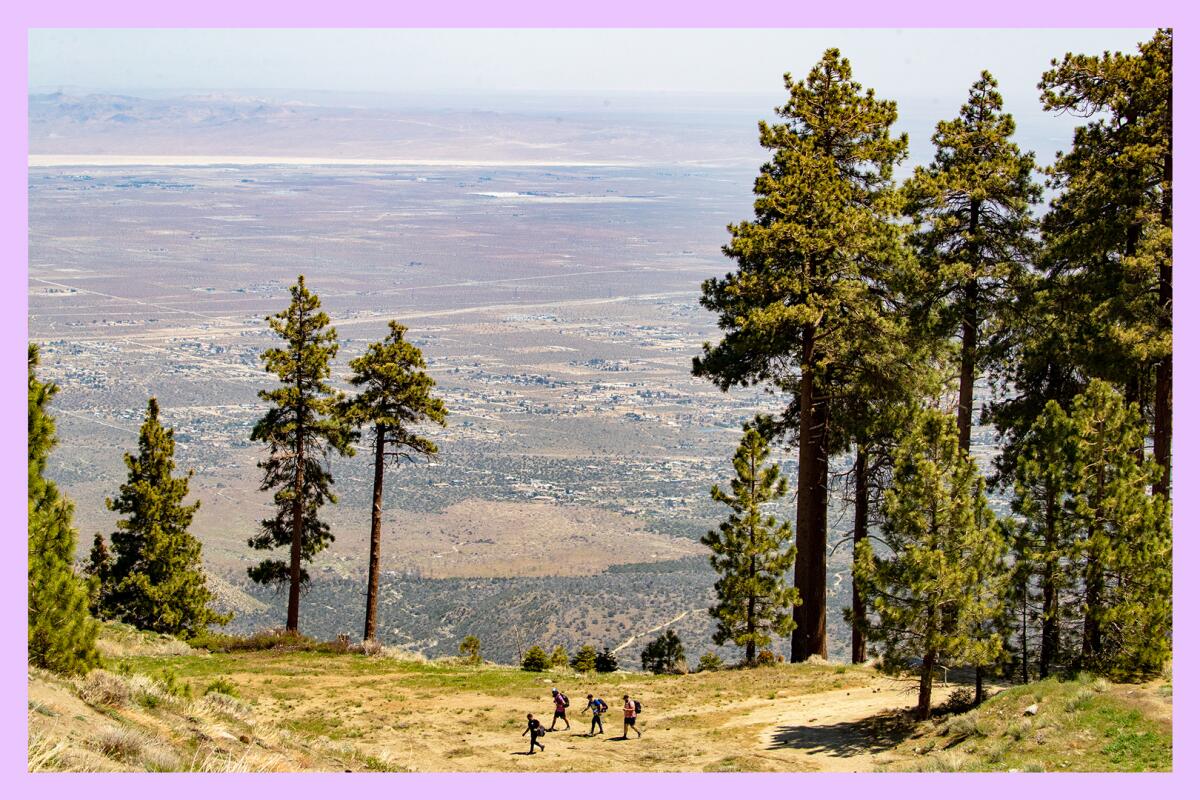
One of the pending requests before the White House is to expand the San Gabriel Mountains National Monument by roughly 109,000 acres. Rudy Ortega Jr., president of the Fernandeño Tataviam Band of Mission Indians, said the 2014 designation of the monument by former President Obama erred by not tapping tribal knowledge.
You are reading The Wild newsletter
Sign up to get expert tips on the best of Southern California's beaches, trails, parks, deserts, forests and mountains in your inbox every Thursday
You may occasionally receive promotional content from the Los Angeles Times.
“And that’s the key part of this one that we’re asking for … the inclusion of tribes,” Ortega said at the news conference. Tribes, he said, can provide insight into the culturally and environmentally significant resources in the area — which can then be sufficiently protected. Ortega’s tribe, which is currently seeking federal recognition, has three villages within the monument that currently spans more than 346,000 acres.
“We don’t want folks that don’t know or understand these areas of importance to the tribe — that are much like temples and churches — that they go into and desecrate [them],” he said.
Thomas Tortez Jr., chairman of the Torres Martinez Desert Cahuilla Indians, a tribe based near the Salton Sea in Riverside and Imperial counties, similarly envisions partnering with federal agencies for the proposed Chuckwalla National Monument and Joshua Tree National Park expansion that would span about 660,000 acres in the California desert.
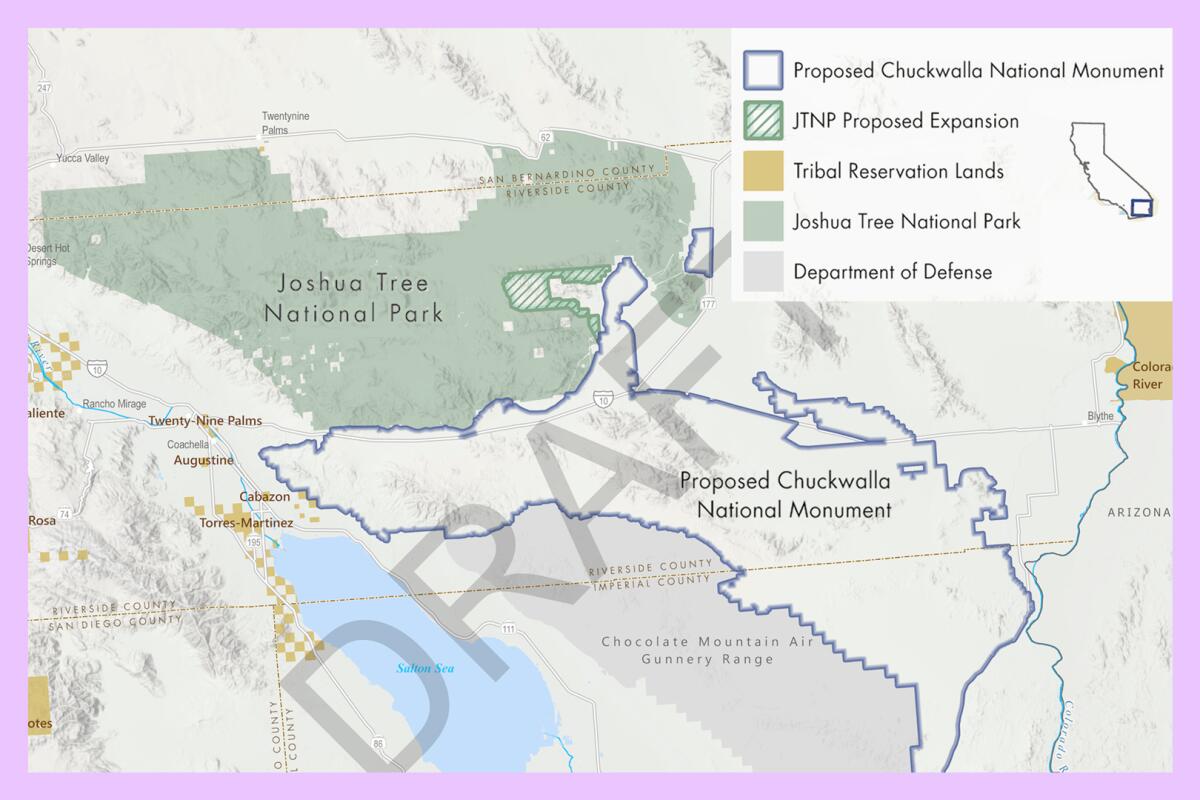
“A land management plan which incorporates Indigenous knowledge and Western science together creates a more holistic and inclusive approach to protecting the cultural landscape,” Tortez said on the press call.
Tortez said it’s not just something to consider going forward. There are more than 100 national monuments affiliated with tribes that have not integrated Indigenous management, he said, adding, “We can go back and fix that.”
Taylor Patterson, executive director of Indigenous Voices of Nevada, a nonprofit that hosted the news conference, described the Antiquities Act as a “critical tool in our journey towards sovereignty and conservation.” The 1906 law allows presidents to create national monuments on federal land to protect “objects of historic and scientific interest” through a proclamation.
The Biden administration has designated five national monuments using the Antiquities Act, with the most recent conserving nearly 1 million acres around the Grand Canyon encompassing thousands of significant Indigenous sites. Patterson and others hope it will be the vehicle for more.
For some proponents, the law’s ability to sidestep Congress is key, reports my colleague Louis Sahagun.
California Rep. Judy Chu and Sen. Alex Padilla asked Biden in a June letter to act unilaterally to expand the San Gabriel Mountains National Monument. “Sadly, the problem comes down to the Republican majority in the House of Representatives, which is trying to shrink environmental protections,” Padilla said in Sahagun’s story.
Some pushing for protections see the two-day White House Tribal Summit, underway through today, as a potential venue to get the proposed designations across the goal line. It’s a forum for tribal leaders and top administration officials to speak about issues facing Indigenous communities — and will feature announcements of new actions, according to a statement by White House Press Secretary Karine Jean-Pierre.
Under its “America the Beautiful” initiative, which seeks to conserve and connect 30% of the nation’s lands and water by 2030, the Biden administration has promised to protect Indigenous, cultural and environmental sites.
National monuments — including the one in our mountainous backyard — safeguard a variety of resources, including habitat for wildlife, historic sites, waterways and miles of hiking trails. Roughly 18 million people — perhaps you — live within an hour’s drive of the rugged bosom of the San Gabriel Mountains, which provides Angelenos with about 70% of their open space. While some areas of the San Gabriel Mountains National Monument suffer from overcrowding, vandalism and garbage — so much so that it landed on a travel magazine’s don’t visit list this year — I’m a San Gabriels booster who believes there’s still plenty of grandeur to enjoy.
Beloved Mt. Baldy, Los Angeles County’s highest peak at just over 10,000 feet, falls within the monument’s boundaries. (Hiking Baldy in winter can be hazardous and some advise against it when it’s covered in ice and snow.) There’s also weekend warrior favorite Strawberry Peak, which is a much closer drive from the city of L.A. and has a more manageable elevation gain. If you want to spare your hamstrings, drive the serpentine curves of the Angeles Crest Highway through the rustic landscape. Sometimes I pack a picnic and enjoy it among the fragrant trees for a faux-camping experience. Or camp overnight for the real deal. Buckhorn, a sought-after campground, typically opens for the season in April.
3 turtle-rific things to do
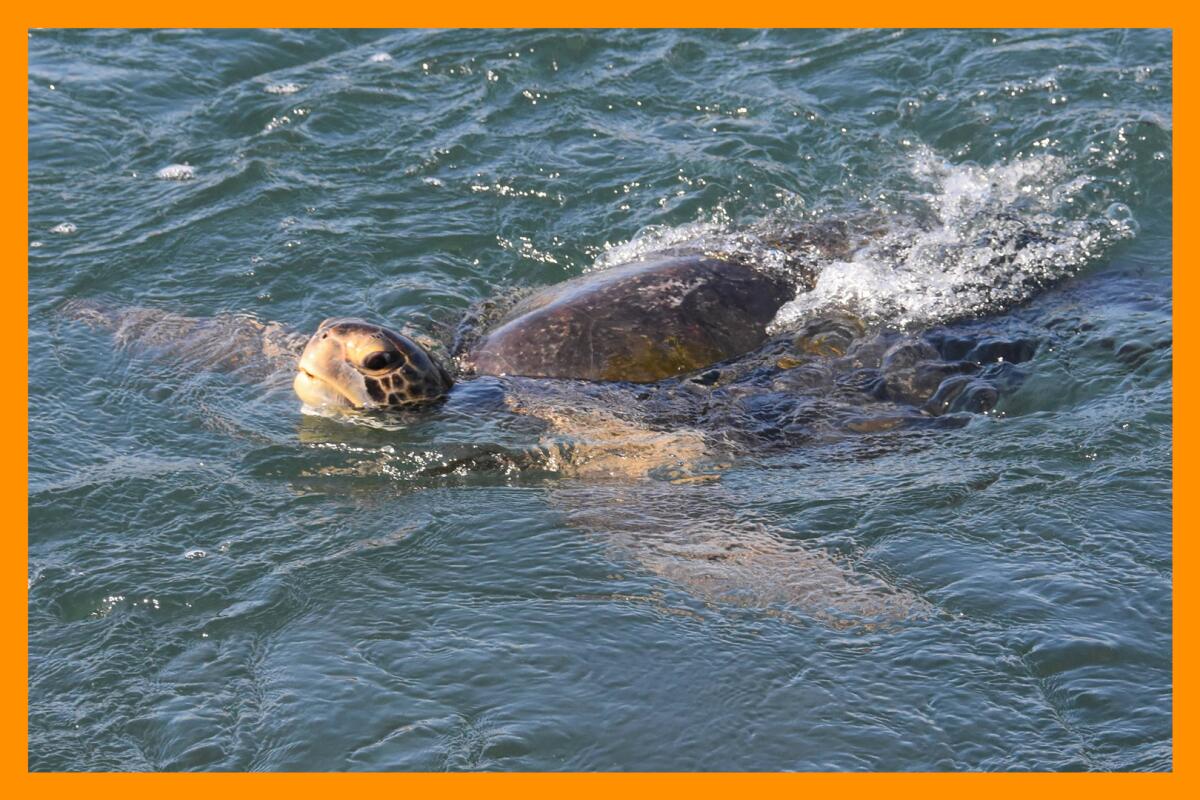
1. Monitor sea turtles — for science. A concrete-lined river near whizzing cars on the 605 Freeway isn’t obvious digs for sea turtles. Yet the East Pacific green sea turtle makes its northernmost home in an urban stretch of the San Gabriel River just south of L.A. And here’s your chance to do the majestic — and threatened — creatures a solid. Long Beach’s Aquarium of the Pacific taps volunteers to observe and document the turtles to shed light on how many are living in the river, as well as aid efforts to track, protect and monitor them. The green sea turtle population cratered about 50 years ago, but their numbers are on the rise, reports LAist. Experts say it’s only the past decade or so that the turtles have begun to show up in hearty numbers in local waters. For more details on the monitoring project — and to apply to volunteer — visit aquariumofpacific.org.
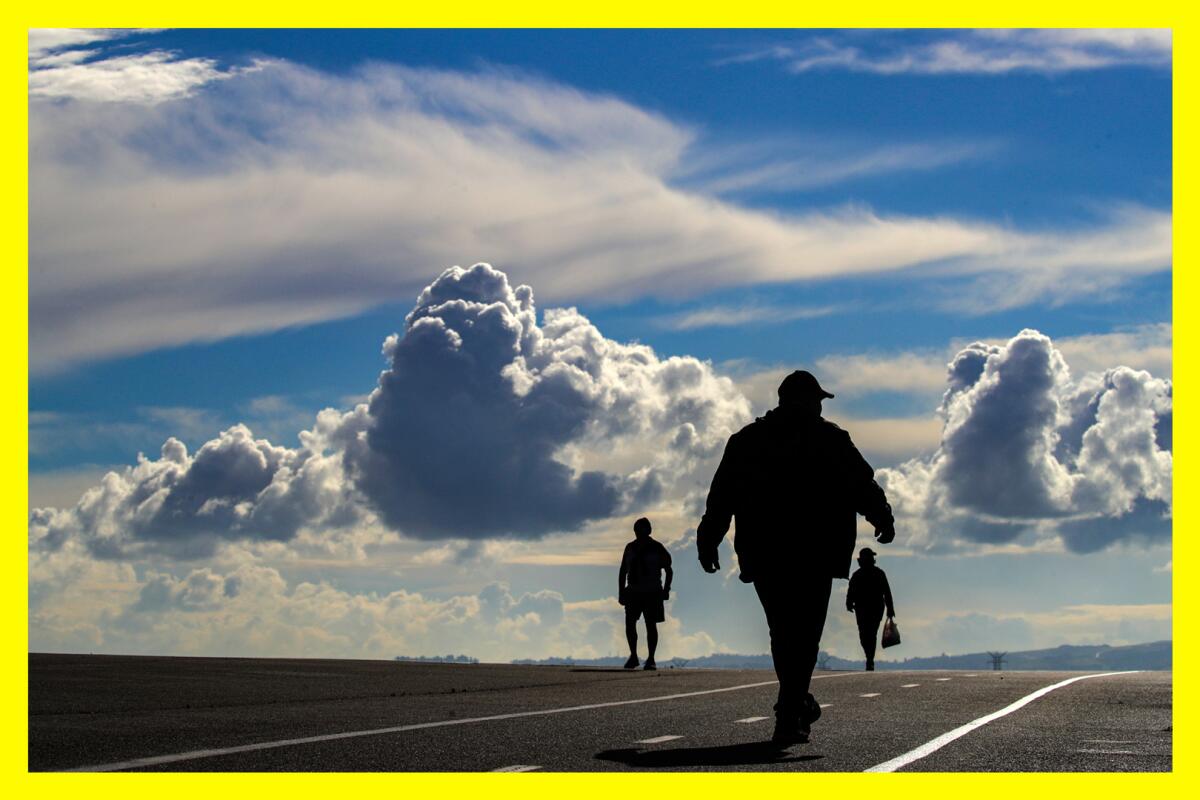
2. Roll or stroll past sea turtles — for fun. Want to peep the sea turtles without the scientific trappings? Hit the San Gabriel River Bike Trail between Long Beach and Seal Beach during high tide to try to catch a glimpse. The turtles — which some estimate can weigh more than 400 pounds and live beyond 80 years — inhabit territory spanning Los Angeles and Orange counties. (Make sure to keep your distance from the turtles, which are protected by state and federal law.) There are multiple entrances to the roughly 35-mile trail that stretches from the base of the San Gabriel Mountains to the Pacific Ocean. For a map, check out trails.lacounty.gov.
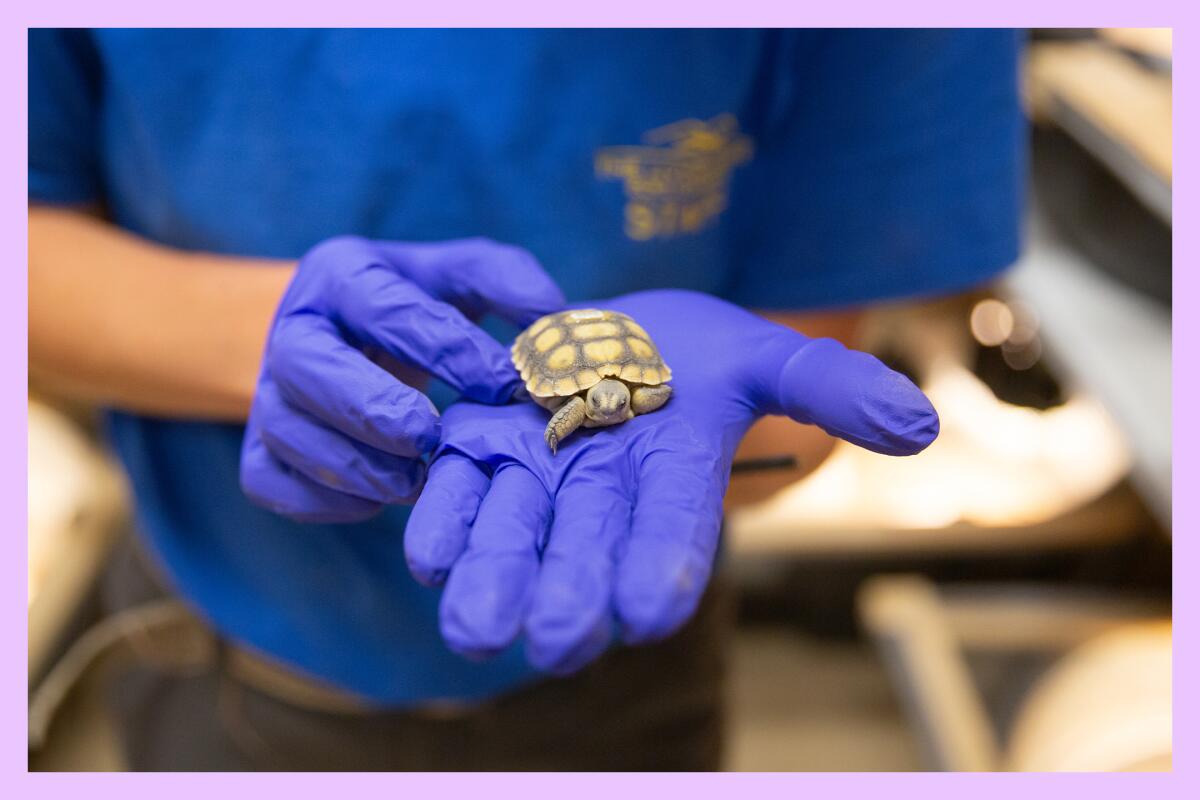
3. Say “shell-o” to baby desert tortoises
California’s state reptile, the desert tortoise, is threatened by habitat loss, bacterial infections and ravenous ravens. Palm Desert’s Living Desert Zoo and Gardens supports the Mojave-dwelling tortoises by rearing them in captivity until they’re ready to be released into the wild and they recently welcomed a new cohort of hatchlings. Zoo visitors can view the tiny torts at the Tennity Wildlife Hospital, which is open during normal park hours. For info and tickets, visit livingdesert.org.
The must-watch

Conservation biologist Tim Shields has employed exploding fake tortoises and lasers to keep ravens from feasting on the imperiled desert tortoises. When the critical voice inside him said his tactics were absurd, “I just turned to the little voice and I said, ‘Shut up,’” Shields explains in a New Yorker short documentary, “Eco-Hack!”
After tracking the decline of the tortoise for years, Shields decided he couldn’t sit passively by any longer. Though the reptiles face a multitude of threats, he focused on the ravens “because it seemed like a manageable threat.” As the human population in western desert areas boomed, opportunistic ravens followed suit. And it turns out the jet-black birds have a taste for hatchling tortoises.
Shields teamed up with a high school tech whiz to cook up methods to make the tortoise habitat so miserable for the ravens that they decide it’s not worth sticking around, no matter how tasty a hatchling is. It’s not an easy task, Shields says, because ravens are known for their high intelligence. But he thinks it’s working — and it’s given him hope.
“We have thrown the world ecosystem so far outta whack that if we don’t put our hands on those ecological levers, letting nature take its course is gonna be really bad for us as well,” he says in the documentary directed and produced by Josh Izenberg and Brett Marty.
Happy adventuring,

P.S.
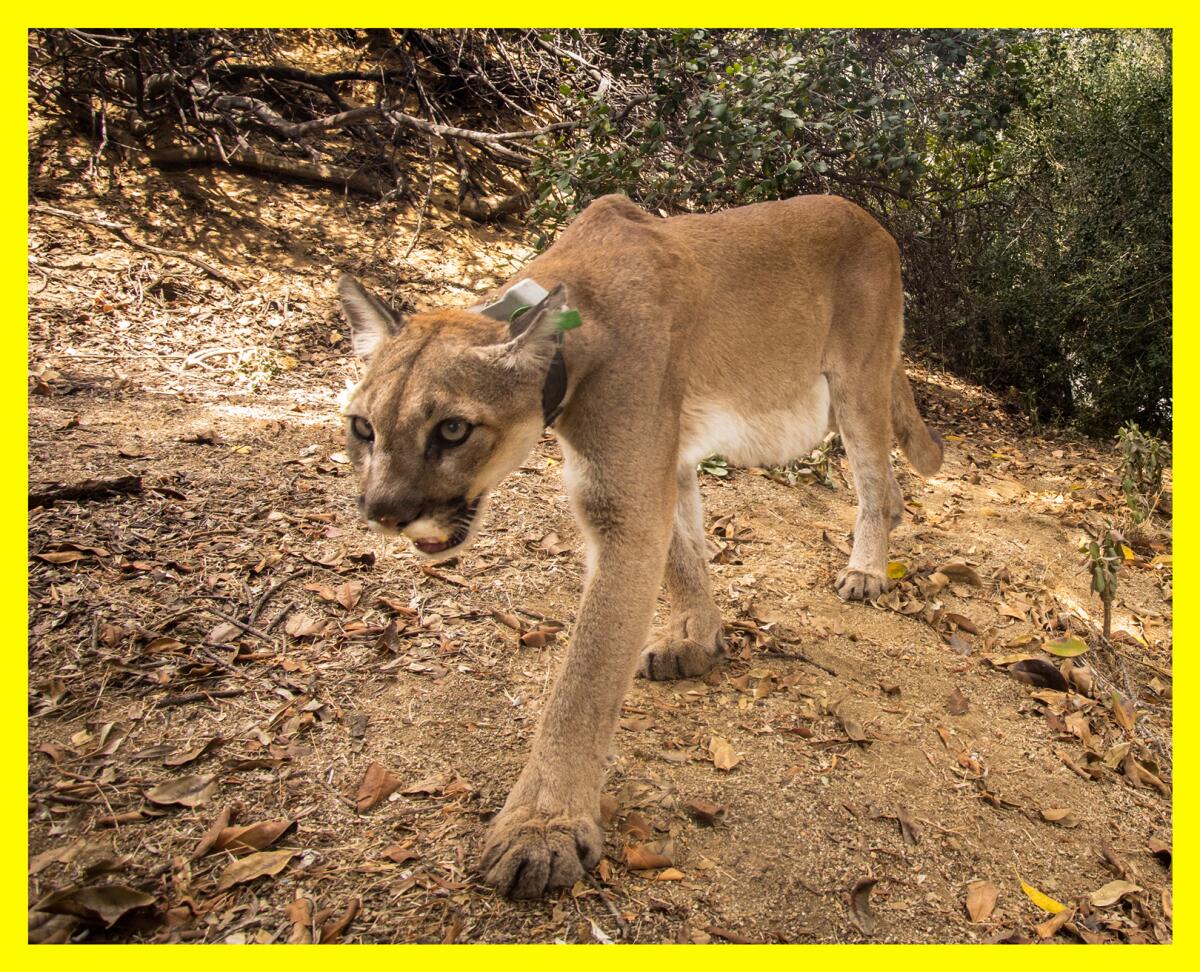
A wildlife photographer behind hauntingly beautiful photos of Southern California mountain lions is set to pull back the curtain on her process. Johanna Turner, who goes by Cougarmagic on Instagram and Facebook, specializes in the art of camera trap photography. Camera traps, also known as trail cameras, rely on motion sensors to capture shots of animals remotely. Without a hulking human behind the lens, the photos can reveal candid portraits of wildlife. When Turner moved to Los Angeles in 2000, she was excited by the idea of the big cats prowling in the city’s midst, according to a bio on her website. Initially, she longed just to see a puma’s paw print. But her passion evolved from hiking to tracking to photography — and then to conservation.
At 10 a.m. and 1 p.m. on Dec. 9, Turner will give a free presentation at the Santa Monica Mountains Visitor Center in Calabasas. An exhibit of her photos will be up through Dec. 31 at the center, open 9 a.m. to 4 p.m. Wednesday through Sunday at 26876 Mulholland Highway, Calabasas. Seating for the “Night Visions” presentation is limited; to make a required RSVP, call (805) 370-2302 or email [email protected].
For more insider tips on Southern California’s beaches, trails and parks, check out past editions of The Wild. And to view this newsletter in your browser, click here.
Sign up for The Wild
We’ll help you find the best places to hike, bike and run, as well as the perfect silent spots for meditation and yoga.
You may occasionally receive promotional content from the Los Angeles Times.




